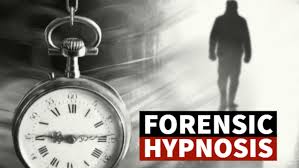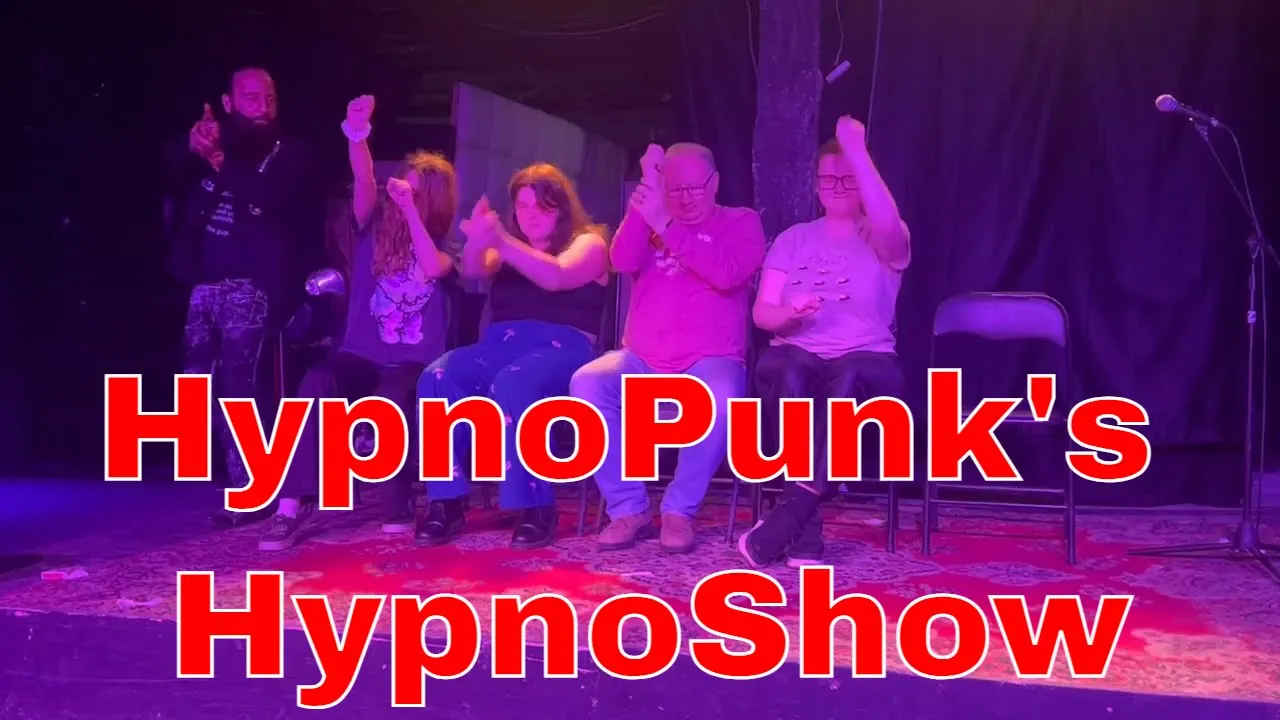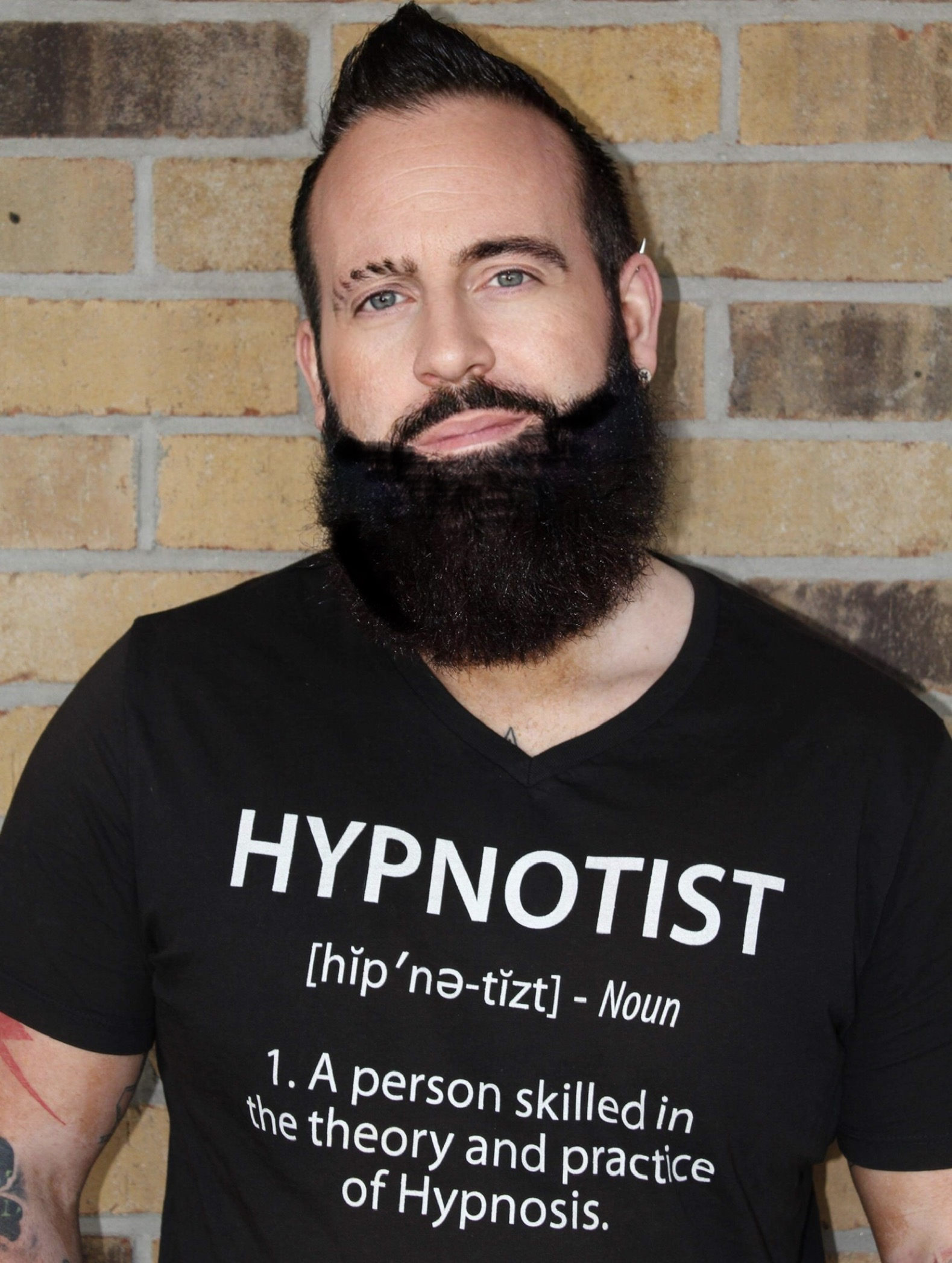
I am back now with a ton of really great articles going forward in the next few weeks. Coming up in the upcoming calendar of articles are on The Matrix part two, you may remember I did a very popular episode early back. I can't remember exactly what number, but we've got a follow up to that. We're gonna do a whole article on memory and why it's not what you think it is, one on allergies, how they are essentially just a phobia of the immune system and how you can easily get rid of the symptoms from allergies, a one on the hero's journey, which is the narrative of everything, every story you've ever read or movie you ever watched from the Lord of the Rings, to Harry Potter, to Star Wars, to The Matrix.
We're gonna have a article on archetypes, Jungian archetypes, Warrior King, and so forth to find out what you are and how you can use Jungian archetypes to help to propel you to the next level and understand yourself, one on critical thinking in this time and age of fake news and not knowing quite who to believe. We're gonna teach you how to think critically about news, about any information coming from any source and if it is indeed true. A whole episode, may be a couple of episodes actually, on tangible hypnotic facts, on raw data, on how successful hypnosis has been on various psychological and physical ailments. All that come over the next couple of months, so please leave your comments, however you listen to this and tell me what are you most excited about listening to coming up. So back on to today's podcast, which is, Forensic Hypnosis.
So a lot of the information presented here today comes from Inspector Mark Howell, he is a retired Texas policeman who has done an awful lot of the research in forensic hypnosis, using them in many, many cases and certifying police personnel and other hypnotists to use these various techniques. and also on the work of Martin Reiser, who published in 1980, the "Handbook of Investigative Hypnosis." You can still find that out there, it may cost you a pretty penny. The use of hypnosis and its extensive news media coverage really stemmed from the coverage of the kidnapping of 26 school children and a bus driver. This happened on July 25, 1976 in America, in the United States, specifically in California, in a town called Chowchilla. All occupants were buried alive underground. After the bus driver and the children dug their away out of the makeshift grave and contacted law enforcement and authorities, it was decided that hypnosis would be used for memory enhancement to develop investigative leads.
Dr. William S. Kroger, a clinical professor from the University of California, a leading authority on hypnosis, conducted this session on Frank Edward Wright, the 55-year-old bus driver and retrieved all the digits, except one, on the license plate of the vehicle used in the kidnapping. As a result, the information developed and discovered through the use of hypnosis and investigation of the leads, three suspects were arrested and convicted of kidnapping the students and the bus driver. From July 1st 1980 through December 31st 1990, 1,187 hypnosis sessions were conducted by the DPS investigators, which stands for the Department of Public Safety, resulting in an additional information reported in 876 of the sessions, that's 73.80%, and no additional information in 311 sessions, which is 26.20%.
The additional information gained in the 876 of the hypnosis interviewed varied from minimum information in some cases, to additional information which led to the identification and arrest of the perpetrator. The cases in which hypnosis was used included a wide variety of offenses such as hit and run traffic fatalities, rapes, assaults, robberies, kidnappings, and even murders. The DPS stresses that hypnosis should be used as an aid to investigations, not a substitute. Investigators have been cautioned to assume the standard investigative methods that have been fully utilized before hypnosis is used. So let's look at that stat folks. That's almost 75%, in this study, of the time that hypnosis was used, additional information, be that to retrieve small information or big information, 75% of the time when hypnosis was used, information that helped the cases was able to be retrieved. That's quite an extraordinary figure.
Does that mean the information is...excuse me, the hypnosis is a magic bullet for retrieving perfect information all the time? No. It's clear about 25% of the time it doesn't affect, but 75% of the time, they're getting some information, we're getting some information which is very, very important indeed. Specifically, the Texas court have upheld convictions where hypnosis was used with either a crime victim or witness for the purposes of memory enhancement. And specifically, one of the cases was Vester v. State, which was 713s.wsn920. Again, a lot of these facts and figures are on Mark Howell's website stating this if you want to do your research. Many police officers, prosecutors, and civilians have limited understanding about what occurs during an investigative hypnosis interview to refresh, recall of a witness or victim of a crime event.
It is hoped that the profile and brief explanation, which I'm gonna give you in a moment, which is gonna tell you what occurs during an investor to give hypnosis interview or provide a better understanding of the components of this type of interview. The profile consists of the pre-hypnosis interview, the induction, the information eliciting, de-hypnotizing, and the post hypnosis interview, of which the most important part of the process, at least for retrieving the information once the frames have been set, so to speak, is the information eliciting. The various information eliciting techniques are designed to permit the victim witness to recall forgotten or repressed information if he or she is willing to and able to have such recall. A side point in there, barring some kind of very deep neurological damage, i.e. brain damage, it is possible to retrieve information in many, many people.
However, we must also understand that our understanding in memory is...of memory should I say, has changed with the advent of neuroscience. It was believed by many for a long time, and I'll hold my hand up to this, that our memory was essentially like a video recorder that was recording everything that happened, so we'd see it, that we we'd hear it, and when we'd access a memory, we'd really be accessing facts, figures, raw data. But the more neuroscience tells us now in studies is every time we access a memory, we change it somewhat, at least unconsciously. It's what neuroscientists called memory reconsideration. Basically, every time you pick up a memory, you put it back in your mind somewhere else and you adapt it, you change it. An example is, if you had a memory 100 times, you had that memory and you record it 100 times, you've changed it 100 ways. If you've had it 1000 times, you've changed it 1000 times, 10,000 times, you get the point.
Stay Tuned For Part 2 Tomorrow...
Always Believe,
Luke Michael Howard CHT
Toronto and Ottawa Clinical Hypnotist





